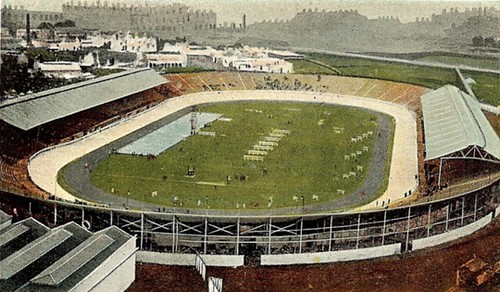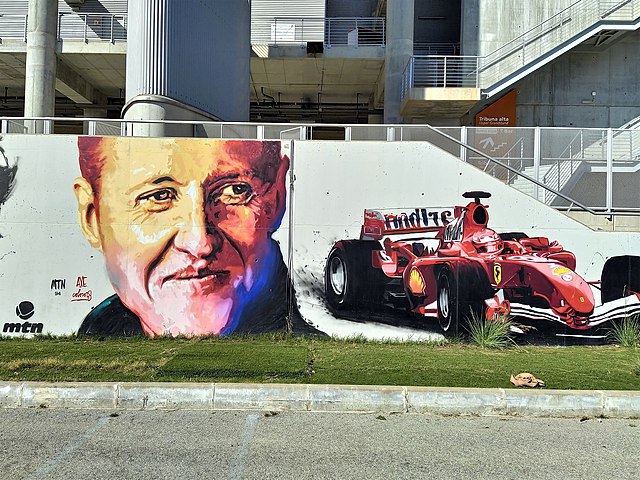The first modern stadium
The English built a facility ready to host almost all sports from the Games to the fourth Olympiad
Stadiums have existed since ancient times. In Ancient Greece and in Ancient Rome, there were facilities built even before the new era. In one case, to have a place to hold the Olympics, and in the other, to allow more people to enjoy themselves. After the end of the Roman Empire came a huge lull until the emergence of new and more modern arenas, such as arose around the emergence of new organized sports in the early 19th century. However, they are built to meet the requirements of only one sport, for example football, baseball or cricket.
With the renewal of the Olympic Games in 1896, the idea of a modern stadium, in which more and more competitions could be held, was revived. The first was only refurbished, the second was adapted to hold such an event, and then two were used to meet the requirements. This led to the construction of the first stadium made entirely for this event. It is about "White City Stadium" in London, where the Games of the fourth Olympiad were held in 1908. Over the years it has also been used for events as diverse as speedway, show jumping, stock car racing, greyhound racing and concerts.
White City Stadium was designed by engineer JJ Webster and was built in just 10 months. It has a capacity of 68,000 seats and was opened by King Edward VII on April 27, 1908. The first sod was laid on 2nd August 1907 by Lady Desborough. It cost £60,000 to build at the time.
The stadium has a track 7.3 meters wide and 536 meters long, surrounded by a cycling track 11 meters wide and 600 long. Its interior includes an Olympic-sized swimming pool as well as a diving pool.
Unlike nowadays, a great many events of the Olympic Games are held only in this stadium. Now there are a variety of arenas, including swimming pools and cycling tracks. The English manage to bring everything together. The first modern marathon in history ends there. Then its distance of 42 kilometers and 195 meters was determined - the distance from Windsor Castle to the point from the stadium just in front of the seats for the royal family.
The athletics track was used until 1914, and in 1922 there were attempts to sell the stadium, but this never happened, and the athletes who were preparing to participate in the 1924 Games could use it until the end.
In 1926, however, the greyhound racing association bought the stadium and it began to be used mainly for such races, but also for speedway races. Considered to be the best venue for greyhound racing, White City Stadium has many fans across the UK. Just before the Second World War, its record attendance of 92,000 spectators was registered at the final of the most prestigious greyhound race in 1939.
In 1931, a new athletics track was built, on which competitions organized by the amateur athletic association were held until the 1970s. Apart from them, the stadium hosts a number of important athletic competitions, some international football matches, including the 1966 World Finals between Uruguay and France.
Also in 1931, Queens Park Rangers began one of their two stays at the stadium, which lasted until 1933. It was relegated from 1962 to 1963, after which the club decided to stay at Loftus Road.
In the years from 1932 to 1958, numerous boxing nights were also held, which approached the record attendance of 90,000.
In 1933, the owners of the stadium gave hope to the rugby team Wigan Highfield to survive, as it was on the verge of bankruptcy and had no place to continue to play its matches. The team changed its name to London Highfield and continued to exist, but very soon the owners of the facility realized that it would not be very profitable for them to host such meetings.
The stadium was demolished in 1985 and a number of buildings known as the "White City Palace" were built in its place, which still exist today.




